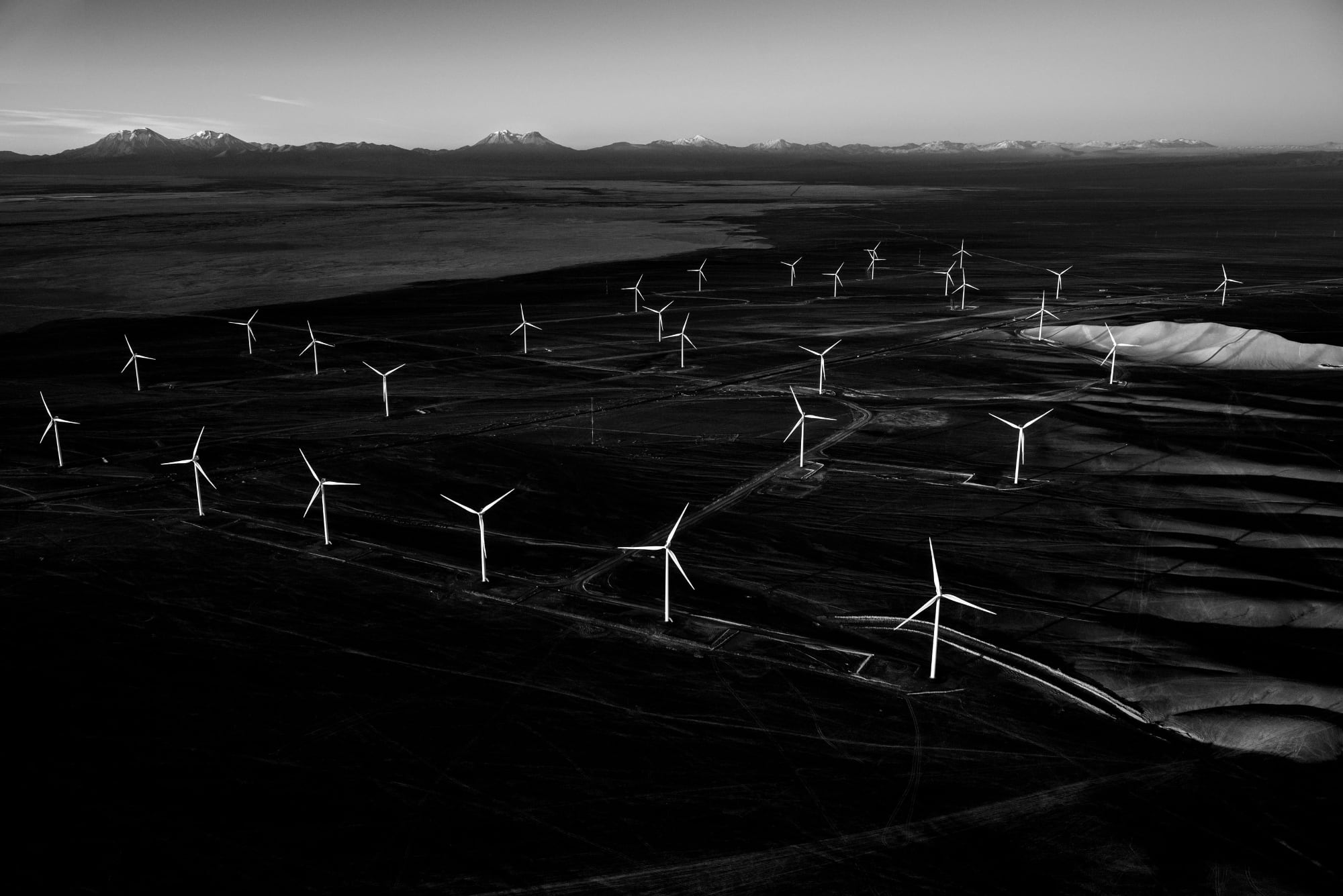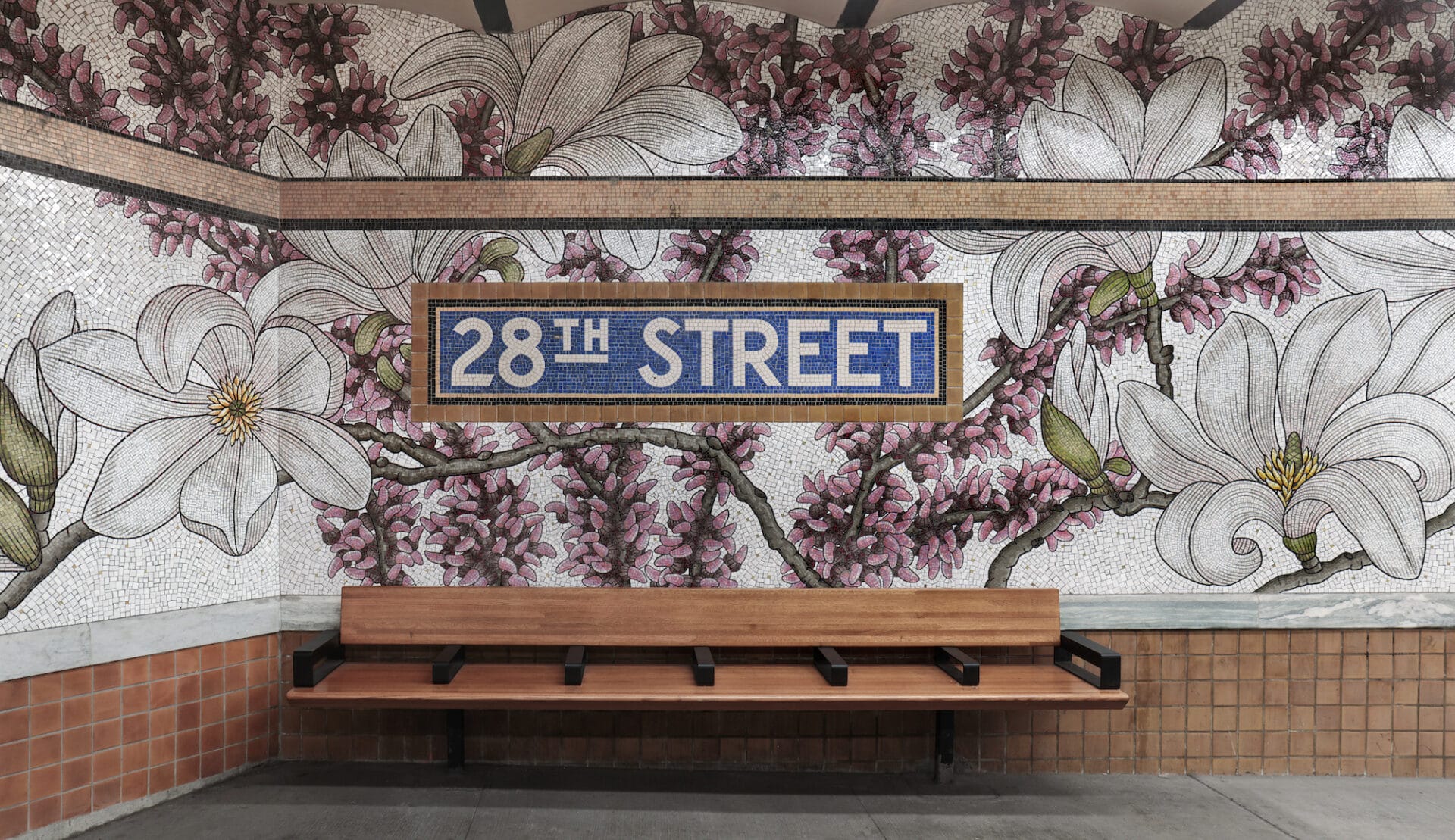
Rather than position herself as an observer of landscapes, Eva Jospin imagines humans and their environments as one. The Parisian artist carves intricate forests and stately architecture subsumed by vines and craggy cliffs all from humble cardboard, accentuating the corrugated textures to add depth and intrigue.
In her Chicago debut at Mariane Ibrahim, Jospin presents a series of freestanding sculptures and wall works that invite the viewer to venture into her large-scale, yet incredibly intricate worlds. Titled Vanishing Points, the exhibition gestures toward perspective and the ways subtle details and contemplation can shift how we see.

As with earlier bodies of work, Jospin’s paper sculptures and vivid, silk tapestries draw on classical styles and the 18th-century tradition of follies, architectural structures designed for decoration. These often ornate buildings could be found in many Baroque gardens, which took human mastery over nature as an imperative.
The artist’s works instead depict a convergence between the manufactured and the organic. In the six-foot tall “Forêt troglodyte,” for example, vines crawl down from a ceiling embedded with shells and sea sponges. The exquisite vault stands parallel to a similarly shaped cavern, occupied by trees rising from a rugged bluff.
Jospin walks viewers through her process and studio in the video below. If you’re in Chicago, see Vanishing Points before January 25.




46 x 96 7/8 x 4 inches

46 x 96 7/8 x 4 inches






Do stories and artists like this matter to you? Become a Colossal Member today and support independent arts publishing for as little as $7 per month. The article Lush Growths and Classical Architecture Converge in Eva Jospin’s Meticulous Sculptures appeared first on Colossal.



